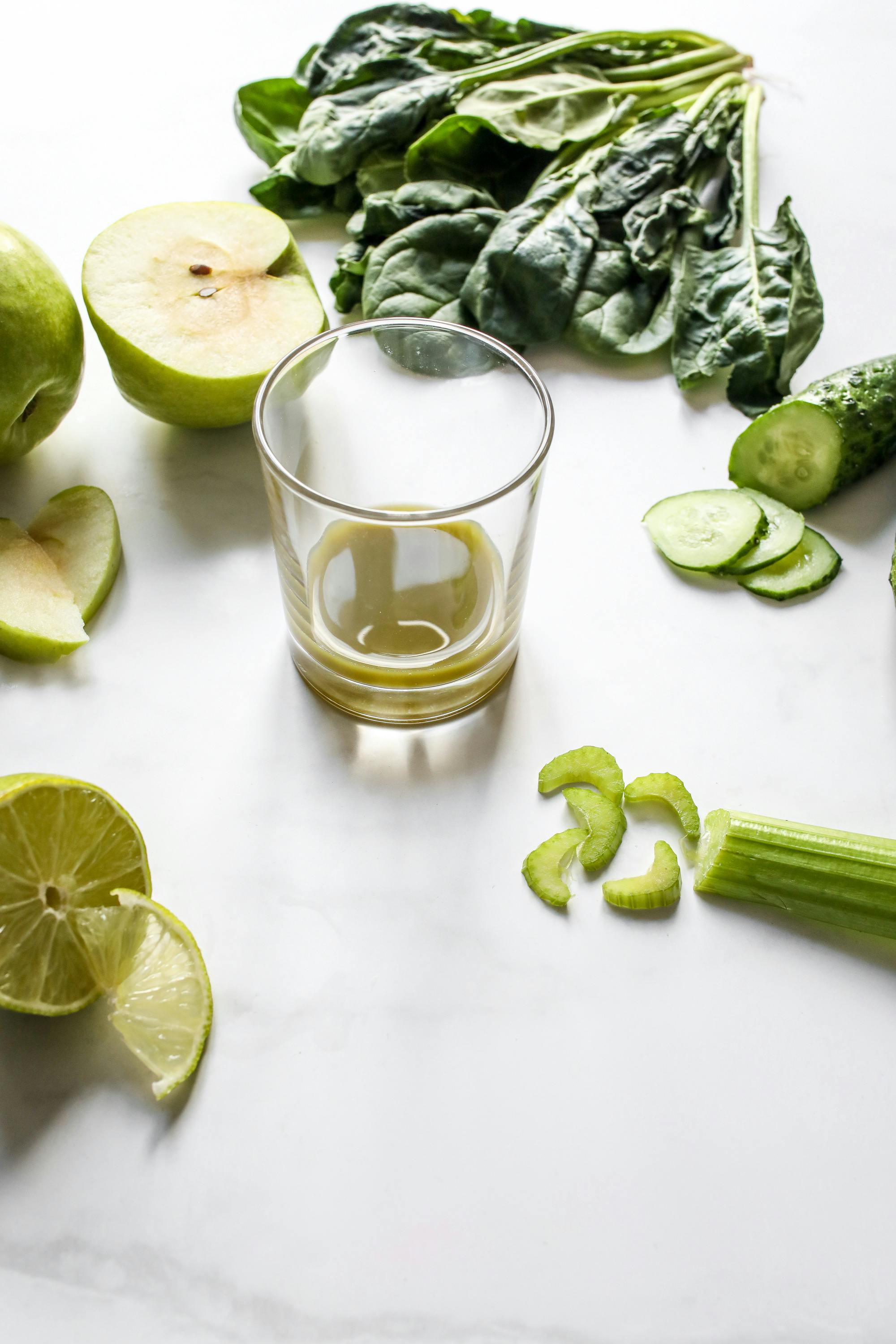Smart Ways to Improve Your Lymphedema Diet in 2025

Smart Ways to Improve Your Lymphedema Diet in 2025
Lymphedema is a condition marked by fluid retention and swelling, often impacting the limbs. A thoughtful diet plays a vital role in lymphedema management by promoting lymphatic health and reducing inflammation. In 2025, a focus on nutrition emphasizes whole foods, anti-inflammatory ingredients, and personalized meal planning, all tailored to assist those with lymphedema. This article will explore effective dietary strategies, highlight essential nutrients, and offer practical meal prep ideas that align with the needs of lymphedema management.
Understanding the importance of a lymphedema diet is crucial for achieving weight management, enhancing circulation, and promoting overall wellbeing. The goal is to incorporate nutrient-dense meals that are rich in fiber and healthy fats while avoiding excess sodium and refined sugars. By establishing healthier eating habits and embracing a balanced, plant-based diet, individuals can experience improvement in lymphedema symptoms. Let’s dive into the core aspects of nutrition to holistically support lymphedema treatment!
Key takeaways include how to create lymphedema-friendly recipes, the importance of hydration, the benefits of exploring seasonal produce, and the role of mindfulness in eating. With these strategies, you can embark on a journey towards improved lymphatic health in 2025.
Understanding the Fundamentals of Lymphedema Nutrition
Building on the introductory insights, it’s essential to understand the fundamentals of lymphedema nutrition to craft a diet that truly supports the body’s needs. Lymphedema nutrition focuses on reducing fluid retention while enhancing the intake of antibodies and healthy nutrients essential for overall health. Key aspects include understanding food labels, calorie management, and ingredient sourcing.
Identifying Essential Nutrients
To develop a sound lymphedema diet, it’s important to prioritize specific nutrients. Focus on fiber-rich foods, such as fruits, vegetables, and whole grains, which can aid digestion and promote satiety. Incorporating healthy fats, particularly omega-3 sources from fish or plant oils, supports inflammation reduction.
Protein sources should also be emphasized to maintain muscle mass while aiding recovery during lymphedema management. Lean meats, legumes, and dairy products can provide essential building blocks to help support healing and energy levels.
Nutrient-dense meals should include a variety of food groups to ensure adequate vitamin and mineral intake, enhancing overall health and potentially alleviating lymphedema symptoms. This approach helps in circulating fluid better, reducing swelling and promoting lymphatic function.
Exploring Anti-Inflammatory Foods
Anti-inflammatory foods are crucial in a lymphedema diet as they help mitigate swelling and promote better lymphatic health. Incorporating a range of antioxidant-rich foods, such as berries, leafy greens, and nuts, can deactivate harmful free radicals in the body.
Spices such as turmeric, garlic, and ginger exhibit strong anti-inflammatory properties, making them excellent additions to meals. Regularly incorporating these foods into your lymphedema-friendly recipes can enhance flavor while providing health benefits that support your overall diet.
Creatively using these ingredients in meal preparation can increase dietary variety, making healthy eating enjoyable as well as beneficial. Understanding and utilizing food combinations can maximize the nutrients required for effective lymphedema management.
Hydration and Its Benefits
Elevated hydration is another vital aspect of managing lymphedema. Proper hydration supports the lymphatic system in flushing out toxins and maintaining healthy circulation. Suggested hydration tips include drinking plenty of water throughout the day and incorporating hydrating foods, like cucumbers and watermelon, into your meals.
Aiming for at least eight 8-ounce glasses of water daily can significantly aid in reducing fluid retention. Additionally, using herbs and fruits can enhance water flavor, encouraging increased fluid intake. Keeping snacks at hand that are high in water content not only contributes to hydration but also provides essential nutrients.
Experimenting with how hydration impacts your wellbeing can lead to remarkable insights, potentially enhancing your lifestyle choices for the better.
Meal Planning and Preparation Strategies
With the essentials of nutrition established, the next step involves effective meal planning and preparation strategies that cater to lymphedema needs. By organizing your meals, you not only ensure healthy eating habits but also streamline cooking processes. This issue is especially important in busy lifestyles.
Creating Customizable Meal Plans
Customizable meal plans can allow for flexibility in dietary preferences. By tracking dietary intake while considering foods to avoid, like those high in sodium or sugar, you can design meals to meet specific needs. Tools such as visual meal planners can aid in maintaining consistency and creativity in meal preparation.
Consider incorporating seasonal produce into your meal plans. This not only enhances nutritional value but can often be more affordable and sustainable. Additionally, rotating meal options can help reduce boredom and promote a diverse intake of essential nutrients.
Moreover, implementing mindful eating practices during meal times encourages appreciation for food and promotes healthier portion sizes, aligning with your lymphedema management goals.
Healthy Snacking and Portion Control
Snack options should be carefully considered as well. Keeping healthy snacks on hand that are both low in sodium and rich in nutrients will support your journey. For example, nuts, seeds, and fruit are excellent options that promote energy and sustain fullness.
Portion control is important in preventing overeating, particularly in the context of managing lymphedema. Utilizing smaller plates and measuring food can be effective strategies in maintaining appropriate portion sizes and ensuring each meal is balanced and nourishing.
Additionally, understanding food labels can help you identify key metrics about sodium content and added sugars, ensuring alignment with your overall dietary goals.
 example.com/image2.png
example.com/image2.png
Mindful Cooking Techniques
Engaging in mindful cooking techniques can further enhance your dietary experience. Focusing on the cooking process allows for greater connection to the meals being prepared and contributes positively to mental health. Utilize cooking methods such as steaming, grilling, or baking to keep meals low in unhealthy fats while maximizing flavor.
Experimenting with herbs and spices offers a creative way to enhance eating without added sodium or sugar. Consider exploring different cuisines that emphasize fresh ingredients and health-conscious preparation practices.
Combining these mindful techniques with a focus on nutrition creates a holistic approach to managing lymphedema through food.
Building a Supportive Wellness Environment
Creating an environment conducive to healthy eating and lifestyle changes is vital for managing lymphedema. This segment emphasizes the value of community support and utilizing available resources.
Engaging with Community Resources
Accessing community resources, such as discussion groups or local workshops, can enhance your understanding of lymphedema nutrition. Sharing experiences with others facing similar challenges can provide inspiration and motivation for dietary changes and wellness strategies.
Online resources and forums also contribute valuable insights into effective methods for meal preparation and cooking techniques tailored for lymphedema management. Engaging with knowledgeable professionals, such as nutritionists or dietitians, can offer personalized guidance and dietary education relevant to individual needs.
Exploring reputable publications focused on lymphedema can provide beneficial information and support for navigating challenges and achieving health-related goals.
Setting Up for Success with Meal Variety
Diversifying your meals not only combats monotony but also ensures you're receiving a balanced nutrient profile. Experimenting with different protein sources, including beans, lentils, and seafood, complements hearty and rich flavors in dishes while contributing to lymphedema-friendly meal prep.
Introducing various vegetables and fibers into your diet can enhance your body's response to meals while supporting healthy digestion. Emphasizing nutrient-dense snacks and wholesome grains also adds a nutritious punch, beneficial for managing symptoms associated with lymphedema.
 example.com/image3.png
example.com/image3.png
Emotional and Social Aspects of Healthy Eating
Recognizing the emotional components of eating and dietary change fosters a holistic approach to health. Stress management techniques, such as mindful eating and recognizing food preferences, can significantly influence overall dietary behavior. Engaging in stress-reduction activities enhances motivation to stick with lymphedema-friendly eating habits.
Moreover, sharing meals and cooking experiences with friends and family enhances social connections and reinforces positive eating behaviors. Finding dietary success stories from others can inspire a sense of community and support in your journey.
Q&A Section
What are the best foods to include in a lymphedema diet?
Incorporate anti-inflammatory foods such as vegetables (especially dark leafy greens), fruits (like berries), whole grains, and healthy fats (like avocados and omega-3-rich foods). These foods support overall health and help alleviate inflammation.
How can hydration strategies benefit lymphedema management?
Staying hydrated aids in flushing out toxins from the body while improving circulation, which is critical for maintaining lymphatic health. Aim for adequate water intake, and include hydrating foods in your diet.
What portion control strategies are effective for managing lymphedema?
Utilizing smaller plates and measuring portions can help prevent overeating. Tracking food intake and being aware of portion sizes can assist in maintaining a balanced diet pivotal for weight management.
How important is mindful eating in managing lymphedema?
Mindful eating fosters a deeper connection with food, encourages appreciation for nourishment, and helps individuals recognize hunger and fullness cues. This practice can benefit emotional health and dietary adherence.
Where can I find more resources about lymphedema nutrition?
Consulting professionals, using reputable online resources, and engaging with community support groups are excellent strategies to find valuable information on lymphedema nutrition and management.